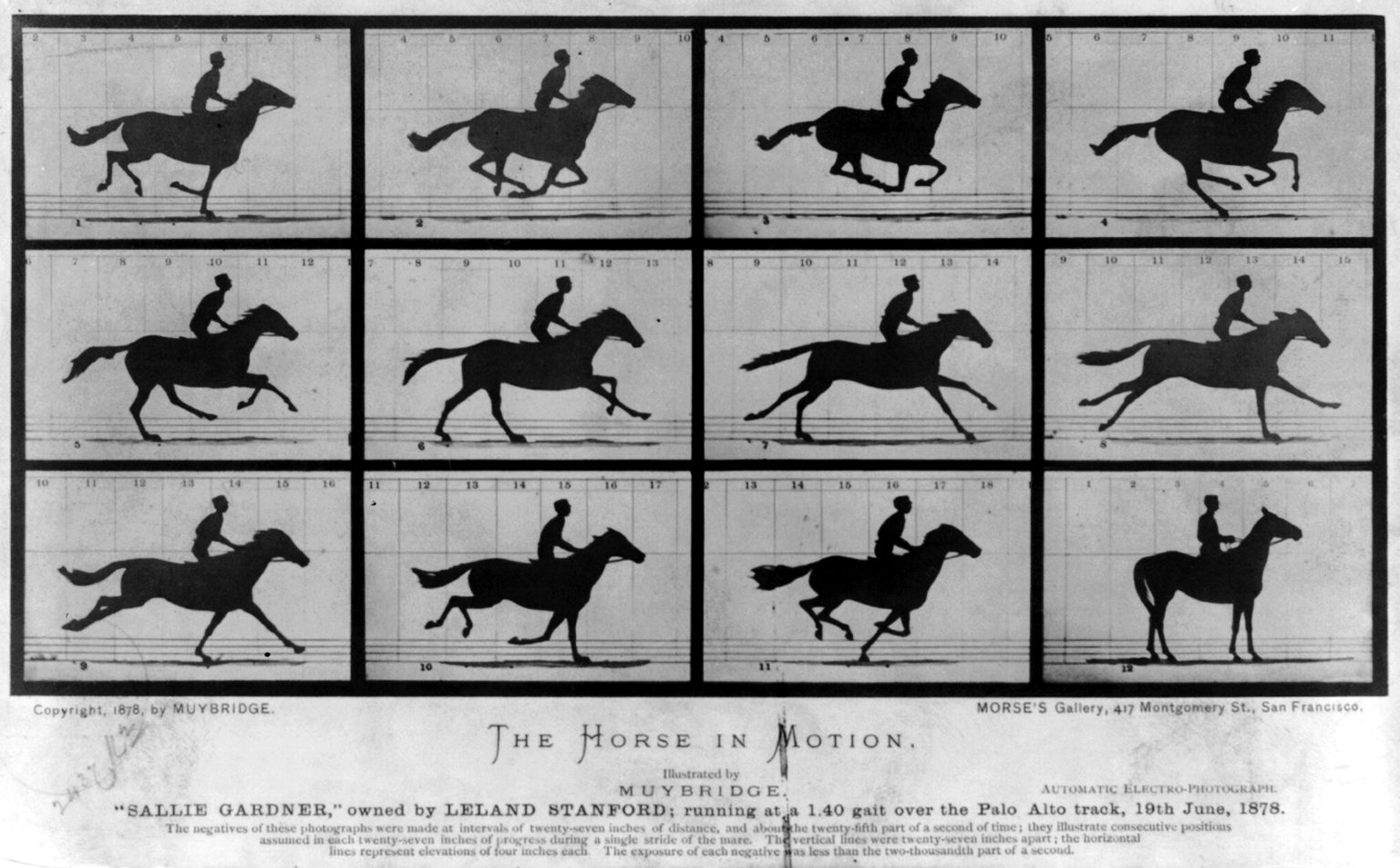We’ve been building bullet time rigs for years, using them to capture and create content for tv, film, product shoots and even live events. We take a look back at where this technique began.
So what is bullet time? It’s a visual effect, also known as the Matrix effect or time-slice, created using multiple cameras to give the impression of time slowing down or standing still altogether.
The term “bullet time” was first used in the original script of the 1999 film The Matrix. It described the iconic scene where bullets glide through the air in slow motion past Neo’s head. Created by John Gaeta and Manex Visual Effects, the Matrix effect achieved the graphic punch of comic-book frames without the use of 3D computer work or editing.
The effect’s inception, however, predates cinema itself. In 1878, galloping horses photographed by Eadweard Muybridge demonstrate the way bullet time works. By placing a series of still cameras side by side, he changed the viewers perspective of the horse to create the illusion of movement.

Fast forward to the 1980’s, the effect found its place in tv and film. In 1985, Accept used the bullet time effect in their Midnight Mover music video, capturing guitar solo moments in 360 motion. Later, in the 90s, the effect found its way into commercials and was used in the GAP Khaki Swing ad to freeze happy-go-lucky khaki-wearers in time as they jumped and leap-frogged over each other.
As cameras became more widely available, the visual effect was adopted by all manner of visual media from adverts to music to film and even live events.
Our bullet time rigs have been designed and built to create cinematic effects, like the Matrix effect, in the studio or on location. We’ve been building these rigs for years, they are modular in design and flexible to work to your space, and we can set up with industry-leading speed.
Learn more about our rigs here.
